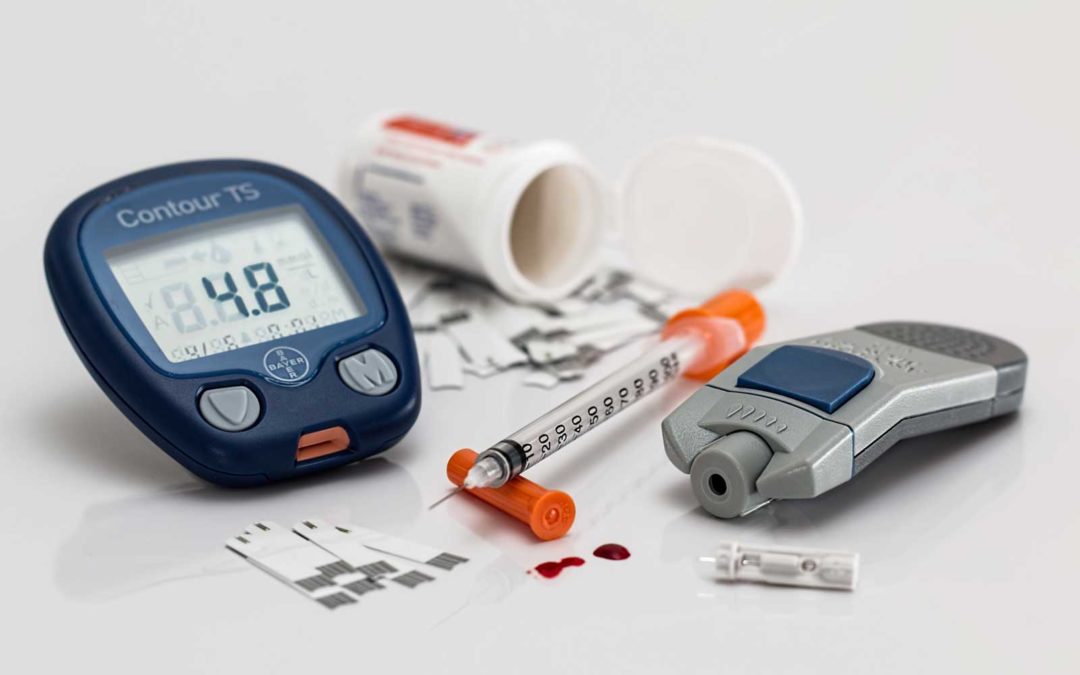“The Angels Always Wake Me Up” Words of a Type 1 Pediatric diabetic describing nocturnal hypoglycemia.
It is an alarming 30.3 million Americans of all ages who have Diabetes Mellitus, including 193,000 are children and adolescents. Let’s not leave out the 7.2 million not aware or have not reported having diabetes. Diabetes is a disease process of which most us have either witnessed or personally experience.
Observed in my practice as a Certified Diabetic Educator (CDE), one of the most fearful experience encountered by Diabetics is “hypoglycemic episodes”. This is the primary reason provided for noncompliance with diet and medications resulting in hyperglycemia and complications. Yes, it is a challenge trying to balance the two levels of not going too high (hyper) and not going too low (hypo) to achieve control. I would like to relieve some of the fear regarding hypoglycemia by providing a deeper understanding of the process: knowledge is always power.
The one big question presented by most individuals is, what is happening when suddenly they start: Sweating, developing anxiety and nervousness, experience palpitations, tremors, rapid heartbeat, dizziness, lightheadedness, become lethargic, experience behavioral changes, and just simply become hungry. These are all symptoms of hypoglycemia. Can you identify with any of these, I sure can, and the young pediatric patients stated it was unusual dreams, that would wake him up? What exactly is happening to our bodies as we experience these dreadful reactions. Think, it must start with the brain, the one organ in the body that controls every single function, therefore first and foremost the brain in some way is responsible.
Glucose is the sole source of energy for the brain, it cannot and will not function without it and is needed to maintain proper brain functions. Circulating Blood Sugars (Glucose) must be maintained within the following ranges to maintain Brain Functions:
Waking/Fasting Normal: 70-99 mg/dl Diabetic: 80-130 mg/dl
2 Hours after Meal Normal: 140 mg/dl Diabetic: 160-180 mg/dl
When blood glucose levels fall out of these ranges, it negatively affects the brain’s overall functions resulting in symptoms of hypoglycemia. One may say it is the Brain’s way of letting you know its running out of fuel (glucose) and if it gets too much lower, will shut your entire body down resulting in a “coma” or loss of consciousness. Ever heard of a “Diabetic Coma”- there you have it.
Hypoglycemia is the body’s alarm system with the sole purpose of alerting us that our fuel source (Glucose) is in the danger zone (usually <70 mg/dl) and food in the form of Simple Carbohydrates is required immediately. It is easy to understand this concept by comparing it to your car. When the gas gauge points to (E) empty – indicates the car will potentially stop if it is not refueled soon.
A glucose level close to 70 mg/dl for diabetics and for some nondiabetics is defined as hypoglycemia, mild symptoms will begin and progressively get worse to the point where the body will potentially stop if it is not refueled soon. “How Low Can You Go”? Please don’t wait to find out monitor glucose levels frequently, especially when you start to feel any of the symptoms, refuel immediately.


Recent Comments